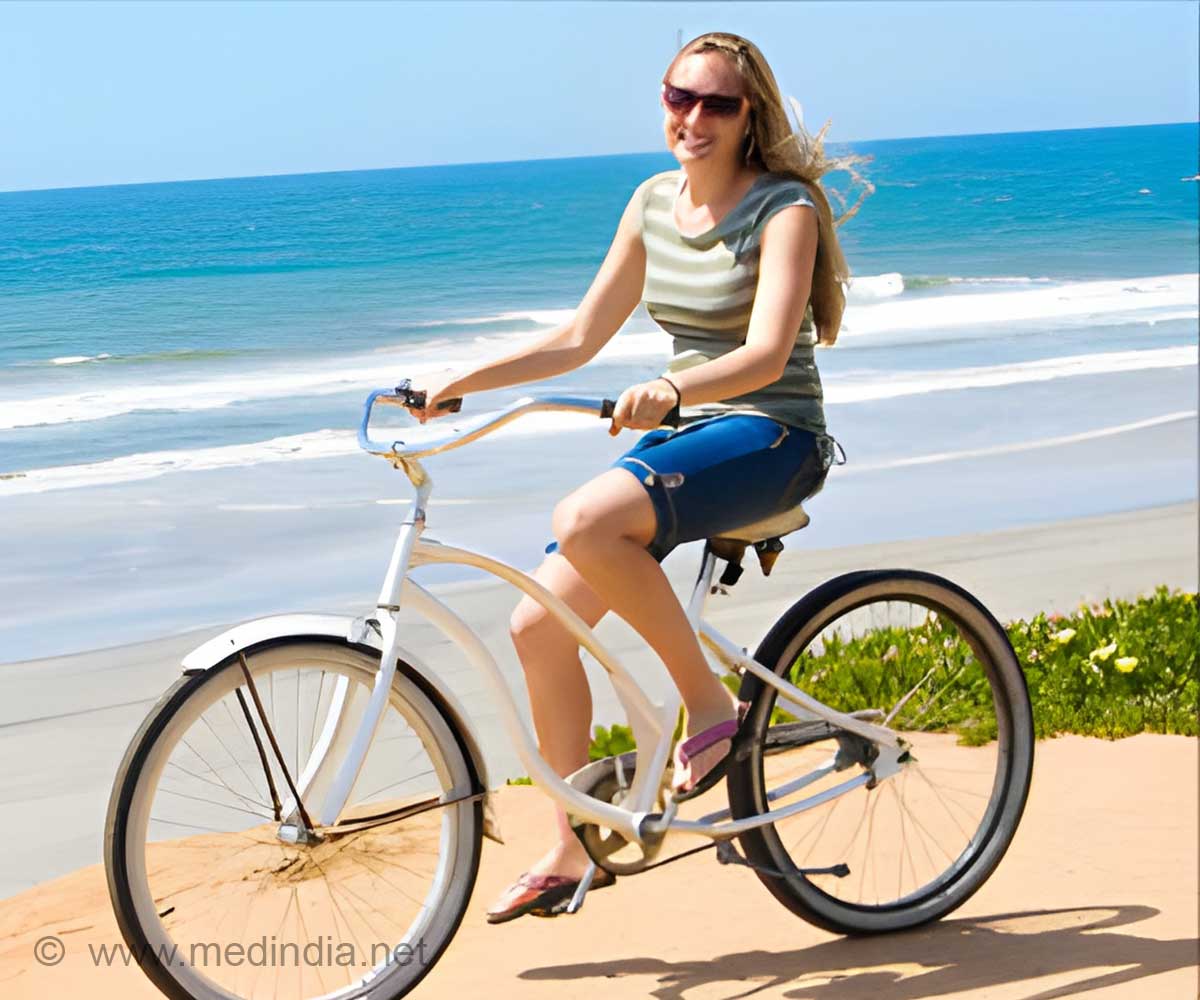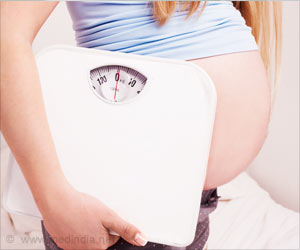Exercising during pregnancy helps women manage common discomforts, reduces pregnancy complications like preeclampsia, reduces discomfort and improves mood.

‘Development of safer cycling infrastructure provides pregnant women the health benefits of active commuting.’





More people than ever are commuting to work by bicycle in London. According to data from the 2011 census, the city saw a 144% increase in cycle-commuting over the previous decade. This has big health benefits, for the health of the individual cyclist as well as for public health more broadly, as it helps people move more as part of their everyday activities.Moderate intensity exercise provides benefits during pregnancy for mother and baby.
In the UK, the National Institute for Clinical Excellence (NICE) and the National Health Service (NHS) both recommend pregnant women engage in daily exercise to help manage common discomforts, reduce pregnancy complications like preeclampsia, reduce discomfort and improve mood. But when it comes to cycling, the advice dries up: there are no clear recommendations women can use to decide whether to continue cycling.
"Despite the clear health benefits of cycling and the push to get more people commuting by bike, especially in cities like London, the medical advice on cycling during pregnancy remains murky," commented Davara Lee Bennett, the author of the new study. "My research aimed to explore why women do - and don't - cycle to work when they're pregnant, with a view to supporting informed decision-making - including, if women so wish, rocking the rust off their chains, and bringing their bikes out from under the stairs and into the light."
Bennett conducted three individual interviews and held three focus group discussions: with a group of women who had stopped cycling early, a group that had carried on into later pregnancy and a mixed group. She recorded and transcribed all of them, and analyzed the transcripts line-by-line to develop themes.
Advertisement
The idea of risk was a key factor in decisions about continued cycling: women adjusted their cycling practices to minimize risk, taking partners' support or concern into account.
Advertisement
During pregnancy, depending on women's proportions and the type of bike, the growing belly can feel physically restrictive.
Some women stopped cycling because of this, while others found comfort from their daily aches and pains when they commuted by bike. Either way, more comfortable bikes helped: women preferred Dutch-style, upright designs with a low crossbar and a wide, supportive seat.
Perceptions of pregnancy also had an impact on women's decisions: some preferred to abandon their active commute, opting for a more peaceful state, while others continued to cycle in a bid to remain connected to their authentic selves.
"Understanding the obstacles to women's cycling during pregnancy can support the development of safer cycling infrastructure and informed medical guidelines, ultimately offering more women the opportunity to benefit from an active commute," said Bennett.
"By addressing some of the more socially prohibitive public discourses on the topic, I hope that my research will not just enable informed decision-making by women, but also encourage more constructive support and advice for women from health professionals."
Source-Eurekalert









